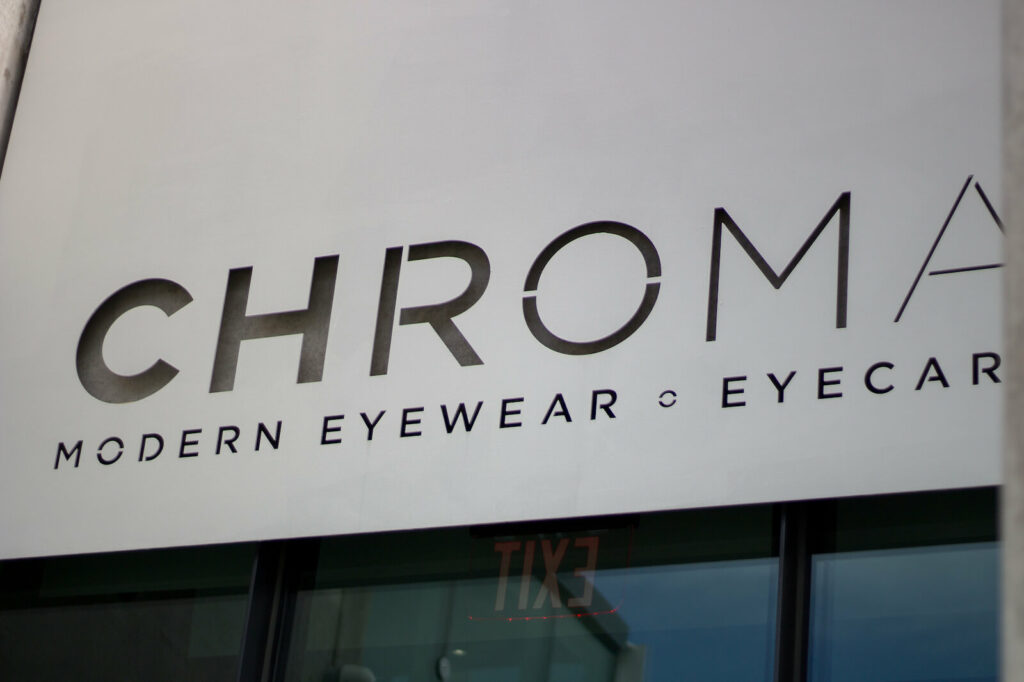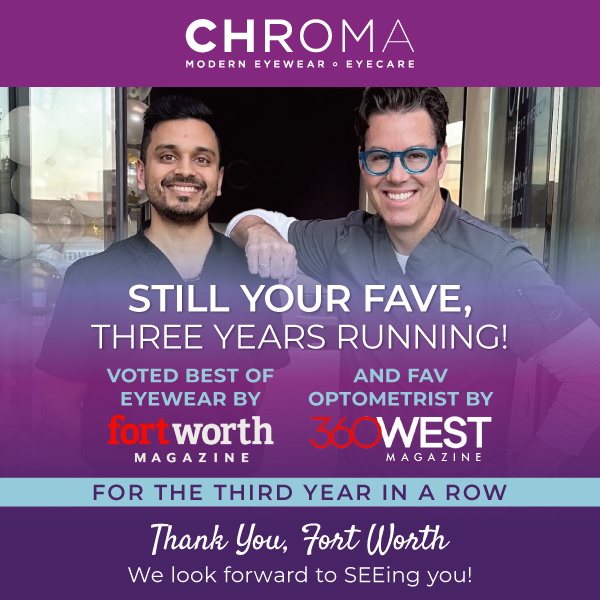Multifocal contact lenses are a game-changer for those with presbyopia or other vision conditions that impair their ability to see at different distances.
The first step in deciding if multifocal lenses are the best option for you—whether considering your vision correction options or already wearing contact lenses—is understanding how they work.
Multifocal contact lenses allow you to have simultaneous vision, or see clearly at different distances. Your brain chooses the appropriate focus based on what you’re trying to perceive.
What Does Multifocal Mean in Vision Care?
In the context of vision care, multifocal refers to lenses—whether in the form of spectacles or contact lenses—that have different lens powers to improve the wearer’s ability to see properly at all distances.
This is especially helpful for people who suffer from presbyopia, a common eye condition in older persons that causes difficulty focusing on close objects due to the loss of flexibility in the eye’s lens.
Multifocal Zones
Zones for close, midrange, and distant objects are all included in the design of multifocal lenses. With this, the wearer can easily glance down to read or perform close-up work without having to switch between multiple pairs of glasses. They can also look up to see in the distance and everything in between.
Who Can Benefit from Multifocal Contact Lenses?
Multifocal lenses are made to correct eyesight at various distances. This is especially helpful for those over 40 years of age who frequently develop presbyopia. Similar to bifocal or progressive lenses, multifocal contact lenses combine several lens powers for near and farsightedness correction into a single, seamless lens.
Design & Types of Multifocal Contact Lenses
Multifocal contact lenses come in a variety of designs, each tailored to address different vision correction needs. The main types include:
Concentric Ring Design
This creative design has alternating rings specifically adjusted for near or far vision on either side of the lens. When you gaze at something close up or far away, your eye automatically adjusts its focus by moving through the proper ring.
These lenses are particularly useful for people with different visual demands because of their smooth transition, which allows for a natural and fluid visual experience.
Segmented Design
Inspired by conventional bifocal spectacles, segmented lenses provide a clear division between the parts intended for near-vision tasks (found on the lower half of the lens) and those intended for distance vision (usually the upper area).
Today, this design is less common and mostly found in rigid gas permeable (RGP) contact lenses. These lenses can give users with specific visual needs clear, sharp vision, even though they take some getting used to. This is especially true for those who have trouble adjusting to other multifocal designs.
Simultaneous Vision Design
The simultaneous vision design, which is mostly used in soft lens multifocals, approaches vision correction in a more integrated manner. This design uniformly distributes different prescription strengths across the whole surface of the lens. This contrasts with segmented or concentric designs, where different parts are accountable for different visual ranges.
With this design, the wearer’s eye can simultaneously focus on close and far objects, and the brain will automatically focus on the more distinct image. Its design provides a flexible option for anyone looking for multifocal contact lenses, meeting a wide range of prescription needs.
How Multifocal Contact Lenses Work
The simultaneous vision design controls how multifocal contact lenses function. No matter where you look, the lenses let you see both up close and far away simultaneously. Even though this process appears complex, the brain quickly adapts to choose the appropriate focus based on what you’re trying to perceive.
Your pupil dilates as you look at nearby objects, allowing more light to enter the middle part of the lens intended for close-up vision. On the other hand, your pupil enlarges when you stare farther out, allowing more light to enter the peripheral zone meant for long-distance vision.
Advantages of Multifocal Contact Lenses
The main advantage of multifocal lenses is the freedom they provide:
- There’s no need to switch between different pairs of single-vision glasses
- Potential for more natural vision, as the need to look over the top of reading glasses is eliminated
- Improved mid-range vision for everyday tasks like computer work
- Aesthetically pleasing as they allow wearers to maintain their glasses-free appearance
Considerations Before Choosing Multifocal Lenses
Before jumping into the multifocal contact lens world, consider the following:
- Adaptation period: It may take some time for your brain to adjust to interpreting the different zones of your lenses.
- Prescription power: Not all prescriptions may be available in a multifocal design, so it’s essential to consult with your eye care professional.
- Suitability: They might not be suitable for all types of presbyopia and other vision problems.
Enjoy Clearer Vision at All Distances
Multifocal contact lenses are proof of the amazing progress achieved in optometry. These lenses are not a one-size-fits-all solution, but they do offer the versatility and convenience of good vision at all distances. If you are experiencing difficulties with presbyopia or simply wish to get rid of your readers, consider the possibility of multifocal contacts.
Finding the ideal fit for your eyes and lifestyle is best accomplished with the help of an eye doctor. Schedule a consultation with us today to learn more about multifocal contact lenses and if they are the right choice for you!



